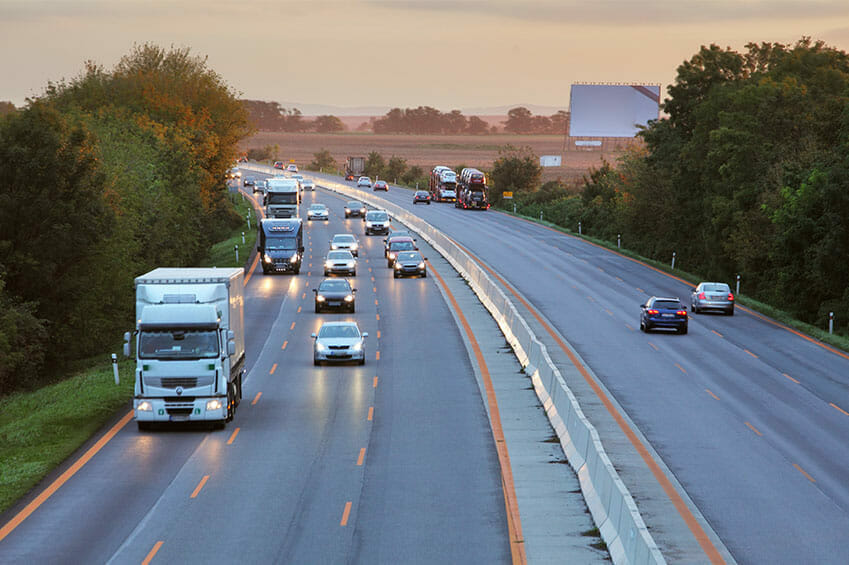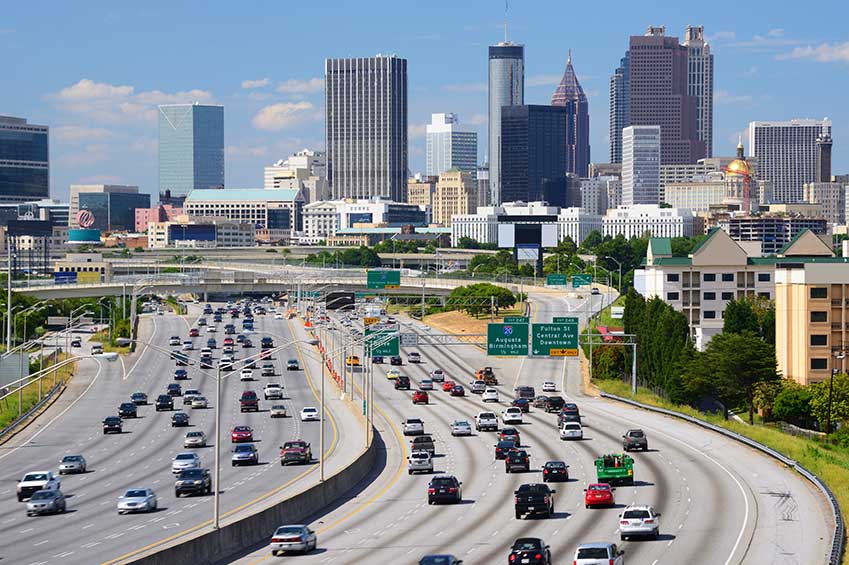
- June 5, 2015
- Attorney David Mann
- Car Accidents Personal Injury
Lane courtesy. Sounds quaint, doesn’t it? The practice of yielding to or moving over so that faster moving traffic may pass seems like a fairly innocuous concept, yet it’s a key factor in many accidents. When drivers choose to block the left lane, whether intentionally or not, they are making the roads less safe and efficient for everyone. To bring public awareness to this issue, June has been designated as Lane Courtesy Month.
The history behind the left lane reveals that it was developed more than 50 years ago for the express purpose of allowing cars to pass another vehicle and then immediately return to the right lane. Now that there are so many more vehicles on the road, failure to keep right negatively impacts traffic safety, traffic congestion and emergency response. Some “left lane hogs” don’t want to deal with merging traffic while others think it’s their job to stop people from speeding. However, those who insist on driving slowly in the left lane can provoke other drivers, some of whom end up making foolish and dangerous decisions as a result. Frustrated drivers who can’t pass may drive on the shoulder to get around, tailgate in an attempt to intimidate the driver to move over, or pass on the right and weave in and out of traffic. Such actions can lead to accidents and potential personal injury lawsuit cases.
Laws about yielding the left lane to passing traffic vary among the states. Currently, Georgia is one of 29 states that requires any car moving slower than the “normal speed of traffic” to be in the right lane. In practical terms, this means that even a car going the speed limit should not be in the left lane if it’s not moving as fast as the cars around it. The law is more strict in 11 other states where the left lane is designated as only for turning or passing. Most of the remaining states say vehicles need to get over if they are blocking traffic that wants to pass or if they are traveling more slowly than the speed limit. If you find yourself involved in a traffic-related incident, consulting with a skilled vehicle accident lawyer can be crucial to protect your rights and interests.
The “Slow Poke” law states that someone driving in the left lane on any divided highway must get over if a faster moving vehicle is approaching from behind or else face a fine up to $1,000. The law allows officers to give a ticket or warning to the slow drivers who disturb the flow of traffic and has some exceptions built in, such as for road construction or bad weather conditions. Our neighbors in South Carolina are considering a similar bill.
This patchwork of laws can make it difficult to know whether yielding is required once you cross state lines. The idea behind raising awareness of lane courtesy is that moving over for faster traffic is simply the right thing to do — much like taking turns when motorists enter a construction zone where two lanes narrow down to one. Instead of wondering whether your actions are legal or illegal, it’s simply easier and safer to exercise courtesy.
To be most effective, that courtesy extends to all drivers. The slower driver in the left lane should move over. The driver in the right lane should speed up or slow down to give the merging driver the space needed. The faster driver in the left lane should not engage in dangerous tailgating or aggressive driving if the slower driver fails to respond. As frustrating as it may be, the faster driver should wait for another opportunity to pass safely.
Although yielding to faster traffic is a simple concept, it’s often forgotten. By not obstructing other drivers, traffic is able to flow more smoothly with fewer accidents. If you have any questions about this topic or believe that lane courtesy issues caused your accident, contact the Mann Law Firm at (478) 742-3381 or use this convenient online contact form.



 Before leading his own firm, Mann served for several years as in-house defense counsel for a large insurance company, which gives him unique insight into how insurance companies work. He uses this critical knowledge as an advantage for his clients. He is a tough negotiator and litigator, and he is exceptionally strategic in building cases on behalf of personal injury victims.[
Before leading his own firm, Mann served for several years as in-house defense counsel for a large insurance company, which gives him unique insight into how insurance companies work. He uses this critical knowledge as an advantage for his clients. He is a tough negotiator and litigator, and he is exceptionally strategic in building cases on behalf of personal injury victims.[ 